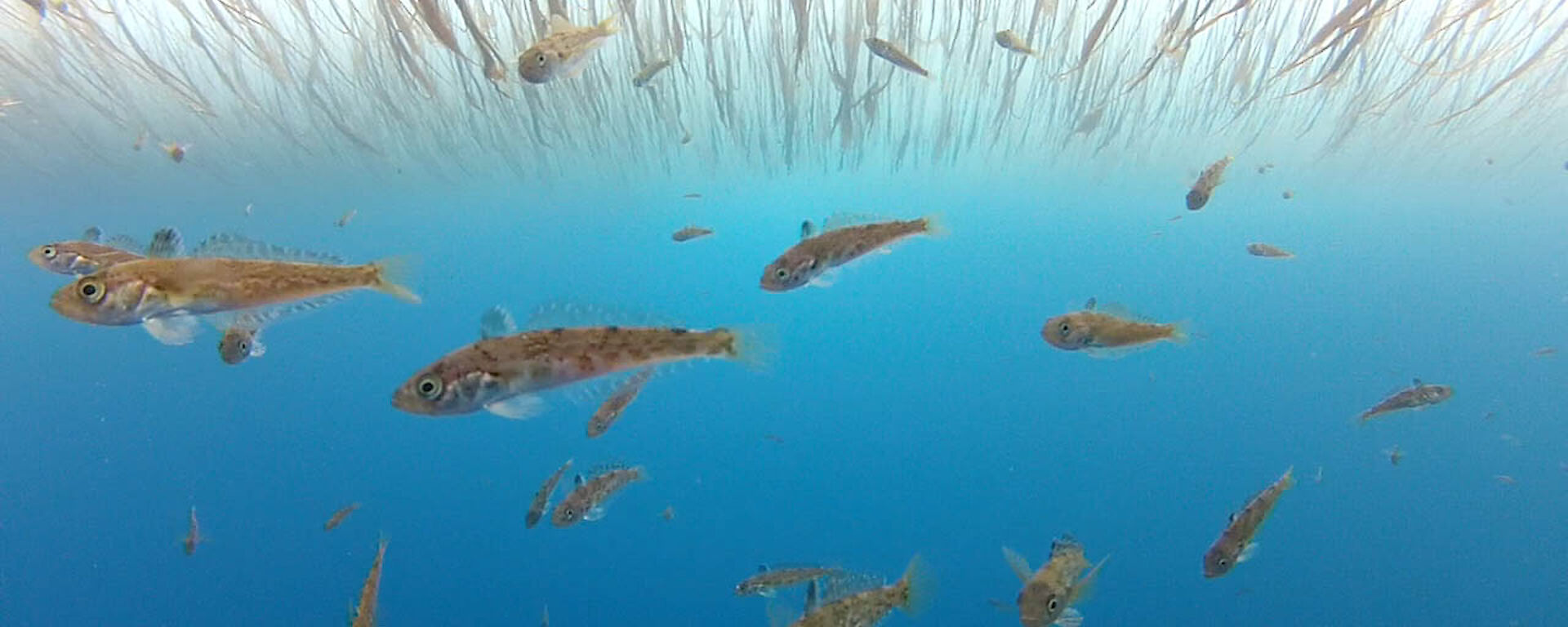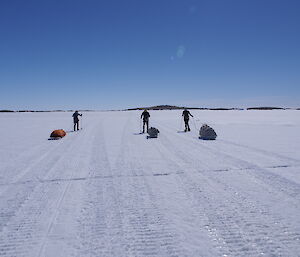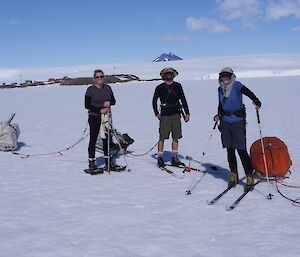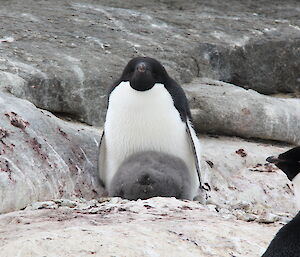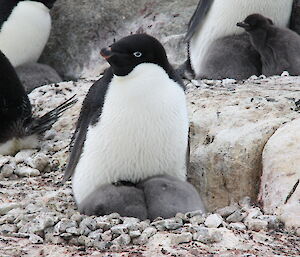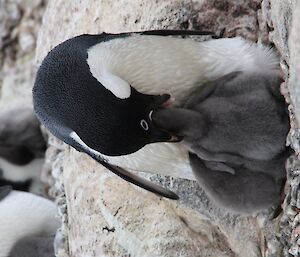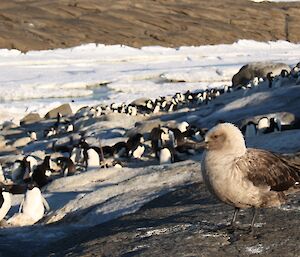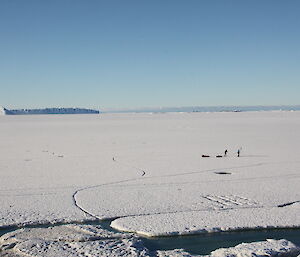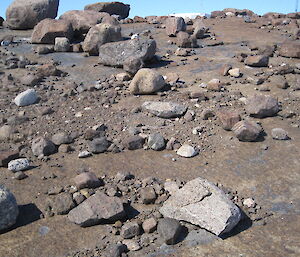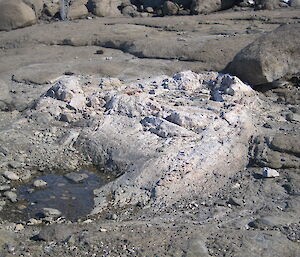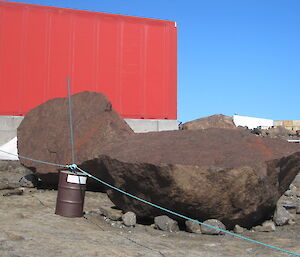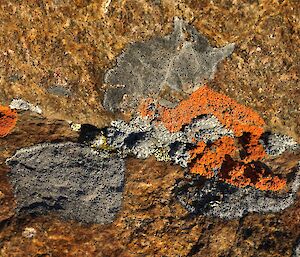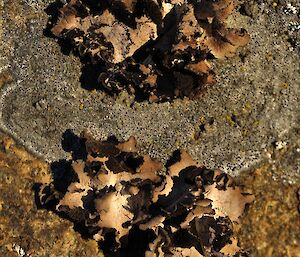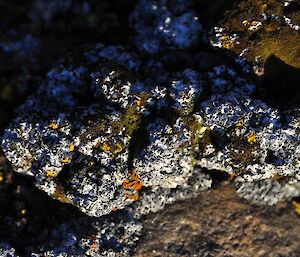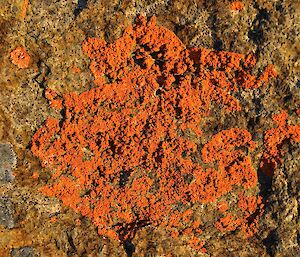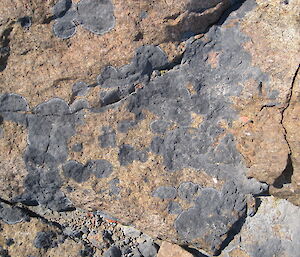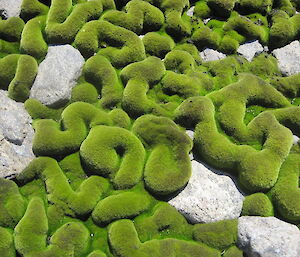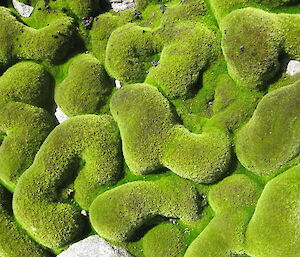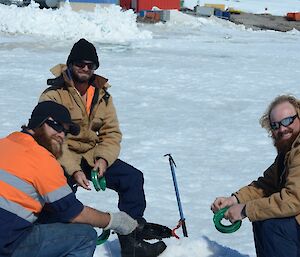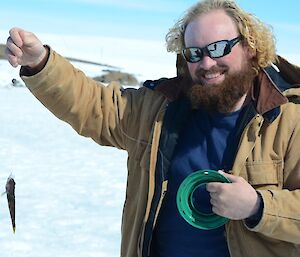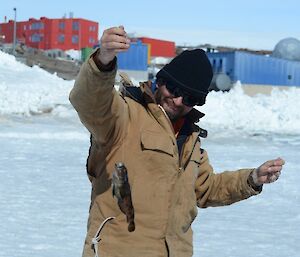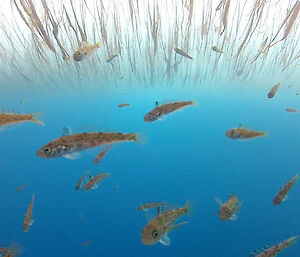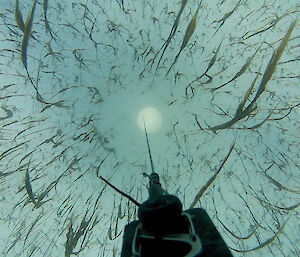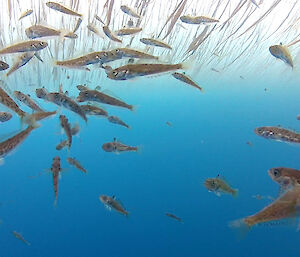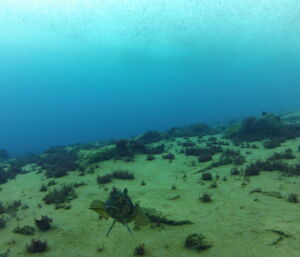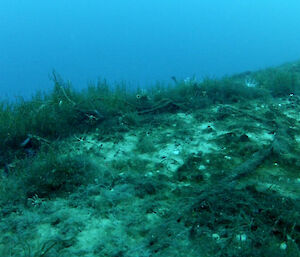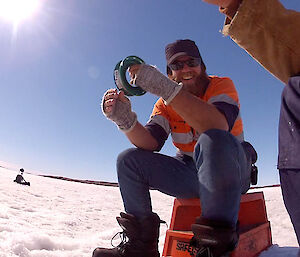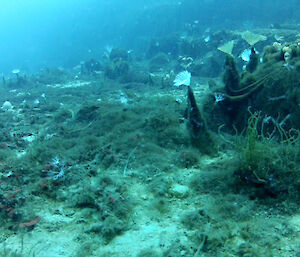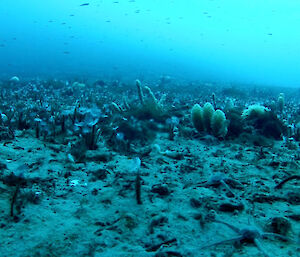On the 28th December Helen and Julie, with the help of Leigh and Vicki, strapped on the skis and snow shoes, attached the sleds and took the rest of their gear out to Bechervaise Island. With the sea ice slowly degrading, they will remain at the island now until resupply to study the Adelie penguins and snow petrels.
The island is alive with the sound of penguins. Calling, fighting, begging and of course the distinctive sound of penguins pooing. There were 1600 nests on the island this year and of these, 1200 are still active. However, not all of the nests have two chicks as the smaller chick is often not able to compete with a dominant sibling. Approximately 40% of nests with chicks have two chicks remaining, the rest have only a single chick which is usually extremely fat. It seems to be a good season so far for the birds with heavy adults returning from sea.
During incubation, the penguins were travelling up to 300km from the colony for up to 15 days, before returning to swap over with their partner. Once the chicks started to hatch, the foraging trips reduced to between one and three days, so they can return to feed their chicks. Helen and Julie have been tracking the birds using small GPS trackers (about the size of a matchbox) which are attached to the backs of the penguins. They have also been collecting lots of penguin scats from around the colony which will be analysed back in Hobart to identify the prey DNA in the scat samples. This allows them to investigate not only where the penguins are going, but what they are eating too.
It is also a good year for the skuas. There are ten nests around the periphery of the penguin colony, with birds always at the ready to snatch an unsuspecting penguin chick off the nest. It is amazing to see how fast they can swoop in and get a snack, even with the parent present. The skua chicks have hatched, with a few even venturing out from under the parent, but with the strong winds, they aren’t out for long.
For the two biologists, the island is their office, lab, field site and home for five to six weeks. The camp is well set up and very comfortable. When the sun is shining and penguins are panting in the heat it is hard to believe this is Antarctica. But when the wind is blowing hard and it sounds like a freight train driving around the hut at 2am, you really know you are at Mawson!
Julie McInnes

